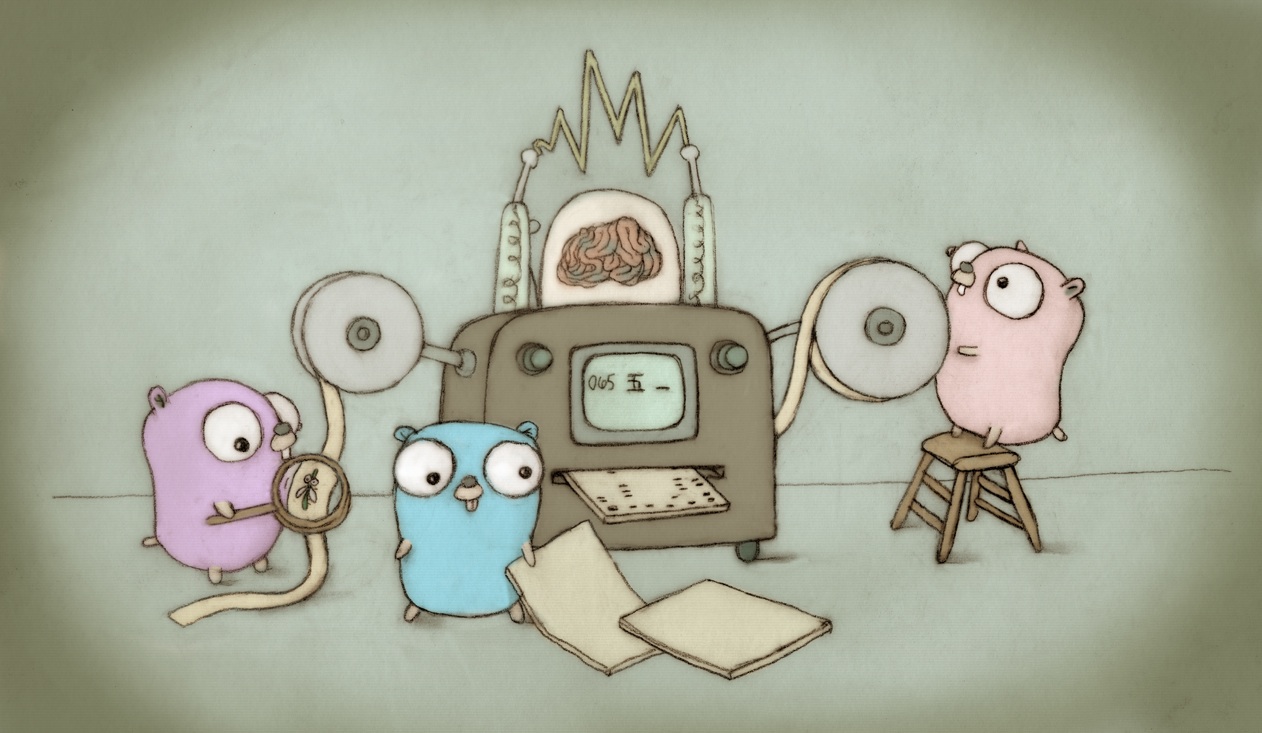As observed in https://go.dev/issue/61666#issuecomment-1739476954, if a -run flag value matches no tests, dist test output doesn't do much to help users notice that was what happened. It is valid and sometimes intended¹ to match no tests, so I want to reserve failed status with exit code 1 to the actionable outcome where at least 1 test failed. But it seems reasonable to extend the existing "some were excluded" mechanism of reporting partial testing to be more helpful. In non-JSON mode, which is more likely to be used manually by humans, print a special² last line that will hopefully be easier to notice when matching no tests wasn't intended. Change nothing for -json mode since that's likely used by machines and they can make sense of 0 JSON events. The go test command already has this behavior, so this brings dist test closer³ to it. (Slightly unfortunate duplicate maintenance for us, and the need for the rare dist test users to learn its CLI quirks; oh well.) ¹ It might seem counter-intuitive at first: what's the point of calling dist test and asking it to run no tests? One possible answer is that it permits writing code capable of running N intended tests, where N is 0 or higher. That is, it allows for 0 to not be a special case that the caller would have no choice but handle differently. ² I initially considered making it say something like "N of M tests were excluded", but decided to leave it alone since the current coordinator code still has that text hardcoded and I don't want to break it. Hence the new status that I expect only humans will see. And it seems better this way anyway. ³ In particular, the "matched no tests" and "no tests to run" phrases were selected precisely because they're already used in cmd/go output. Change-Id: I6768d9932587195ae6dbc6e2c4742479e265733b Reviewed-on: https://go-review.googlesource.com/c/go/+/532115 Reviewed-by: Austin Clements <austin@google.com> Auto-Submit: Dmitri Shuralyov <dmitshur@golang.org> Reviewed-by: Dmitri Shuralyov <dmitshur@google.com> LUCI-TryBot-Result: Go LUCI <golang-scoped@luci-project-accounts.iam.gserviceaccount.com> |
||
|---|---|---|
| .github | ||
| api | ||
| doc | ||
| lib/time | ||
| misc | ||
| src | ||
| test | ||
| .gitattributes | ||
| .gitignore | ||
| codereview.cfg | ||
| CONTRIBUTING.md | ||
| go.env | ||
| LICENSE | ||
| PATENTS | ||
| README.md | ||
| SECURITY.md | ||
The Go Programming Language
Go is an open source programming language that makes it easy to build simple, reliable, and efficient software.
 Gopher image by Renee French, licensed under Creative Commons 4.0 Attributions license.
Gopher image by Renee French, licensed under Creative Commons 4.0 Attributions license.
Our canonical Git repository is located at https://go.googlesource.com/go. There is a mirror of the repository at https://github.com/golang/go.
Unless otherwise noted, the Go source files are distributed under the BSD-style license found in the LICENSE file.
Download and Install
Binary Distributions
Official binary distributions are available at https://go.dev/dl/.
After downloading a binary release, visit https://go.dev/doc/install for installation instructions.
Install From Source
If a binary distribution is not available for your combination of operating system and architecture, visit https://go.dev/doc/install/source for source installation instructions.
Contributing
Go is the work of thousands of contributors. We appreciate your help!
To contribute, please read the contribution guidelines at https://go.dev/doc/contribute.
Note that the Go project uses the issue tracker for bug reports and proposals only. See https://go.dev/wiki/Questions for a list of places to ask questions about the Go language.